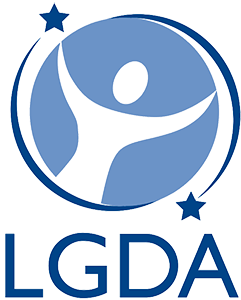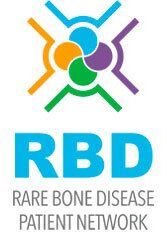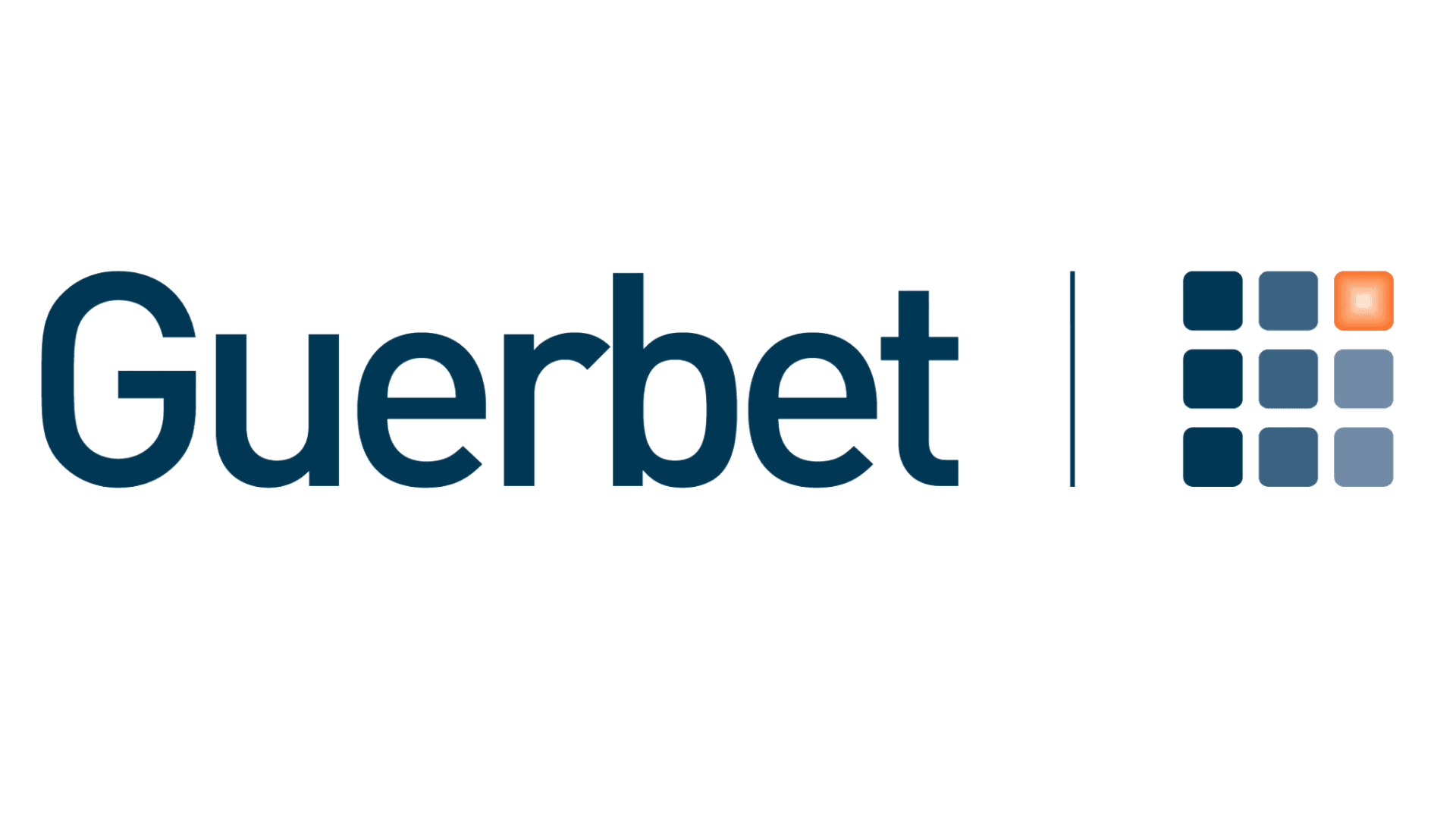
Exploring the Mysteries of Lymphatic Vascular Development: Unveiling the Role of Shear Stress and S1PR1
Today we'll delve into the fascinating world of lymphatic vascular development and offer insights into a vital aspect of lymphatic biology.
Shear stress shapes the development of lymphatic vessels and introduces a key player in this process: S1PR1 (sphingosine-1-phosphate receptor 1). Research work by Dr. Satish Srinivasan, Associate Professor in the Cardiovascular Biology Research Program at the Oklahoma Medical Research Foundation raises intriguing questions about how shear stress and S1PR1 may contribute to lymphatic anomalies, particularly lymphatic malformations, opening the door to new therapeutic strategies.
The Lymphatic Vascular System: A Hierarchical Network
Lymphatic capillaries play a crucial role in transporting immune cells and interstitial fluid. These capillaries are characterized by button-like junctions that facilitate fluid entry. As fluid and immune cells move through the lymphatic system, they encounter collecting lymphatic vessels, which have tighter cell-to-cell junctions to prevent fluid leakage. Lymphatic valves regulate fluid flow within these vessels, and the vessels themselves are guided by lymph nodes for immune filtration.
Shear Stress and Its Dual Role
What is shear stress? Shear stress is two forces acting parallel to each other but in opposite directions so that one part of the object is moved or displaced relative to another part. Imagine you have a piece of playdough or a gooey substance in front of you. When you push one side of the playdough while keeping the other side fixed, you're applying force that causes the playdough to slide or deform. Now, think about the force you're using to push the playdough. That force creates a kind of "stretching" or "sliding" effect on the playdough particles as they move past each other. This force that's causing the particles to slide against one another is shear stress.
Just as blood vessels experience shear stress due to blood flow, lymphatic vessels are exposed to shear stress as lymph fluid flows through them. This exposure triggers various cellular responses, which can be both beneficial and problematic. Shear stress induces activation of critical pathways, such as MAP kinase and PI3 kinase, shaping the behavior of lymphatic endothelial cells.
The Enigmatic Role of S1PR1
S1PR1 is a receptor involved in cellular responses to sphingosine-1-phosphate (S1P). While S1PR1 is known for its role in blood vessels, Dr. Srinivasan's research sought to uncover its potential significance in lymphatic vessels. Their experiments revealed intriguing patterns of S1PR1 activity along the vessels, with higher expression in mature and quiescent areas compared to active sprouting regions.
Unraveling the Connection: Shear Stress and S1PR1
Intriguingly, S1PR1 seemed to be involved in controlling the effects of shear stress on lymphatic endothelial cells. Dr. Srinivasan's team hypothesized that shear stress not only enhances VGFC (vascular endothelial growth factor C) signaling but also interacts with S1PR1 to regulate vessel maturation and quiescence. Their experiments suggested that S1PR1 functions as a mediator that balances the pro-sprouting effects of VGFC signaling with vessel quiescence.
Implications for Lymphatic Anomalies
Dr. Srinivasan emphasizes the potential relevance of his findings in the context of lymphatic malformations. Dysregulation of S1PR1 and shear stress responses could contribute to anomalies in lymphatic development, potentially leading to disorders like lymphedema and other associated tissue defects. Understanding these mechanisms could pave the way for new therapeutic approaches that target S1PR1 and shear stress pathways to alleviate lymphatic malformations.
Looking Forward: Research Avenues and Collaborations
Dr. Srinivasan’s research unveils how shear stress and S1PR1 contribute to the delicate balance between lymphatic vessel quiescence and growth. His work not only sheds light on the complex interplay of molecular pathways but also invites researchers to explore novel interventions for lymphatic malformations and potential therapeutic strategies.
In Conclusion
Dr. Satish Srinivasan's presentation takes us on a captivating journey through the intricate world of lymphatic vascular development. With a focus on shear stress and S1PR1, he unveils how these elements contribute to the delicate balance between lymphatic vessel quiescence and growth. His work holds great promise for advancing our understanding of lymphatic malformations and potential therapeutic strategies.










